.jpg)
Special Experience
Kyoto
Feel the Spirit of Samurai with Noh, Iaido and Kaiseki Cuisine in a 260-Year-Old Kyoto Samurai Residence
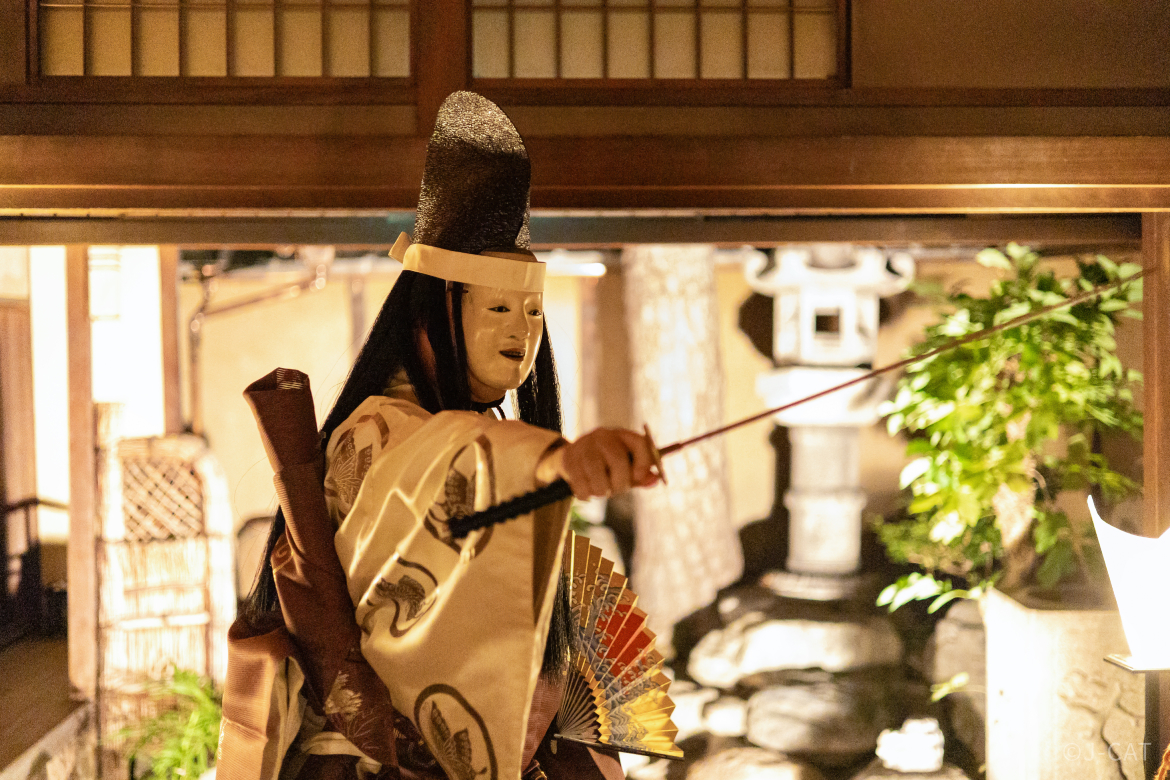
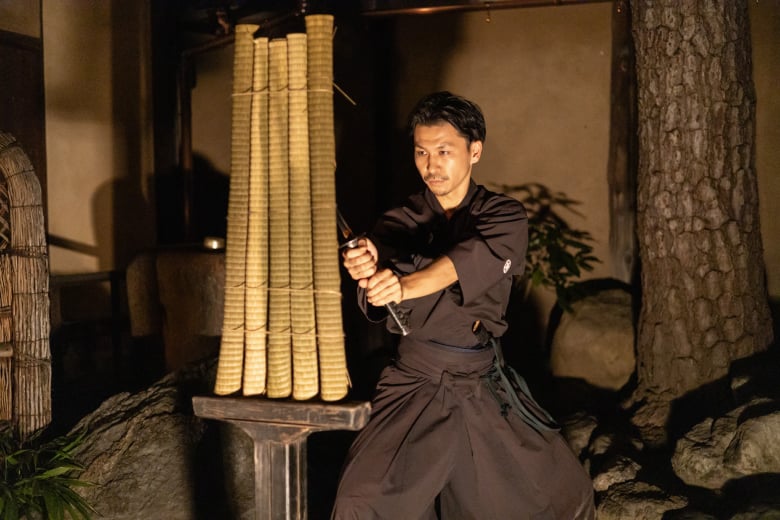
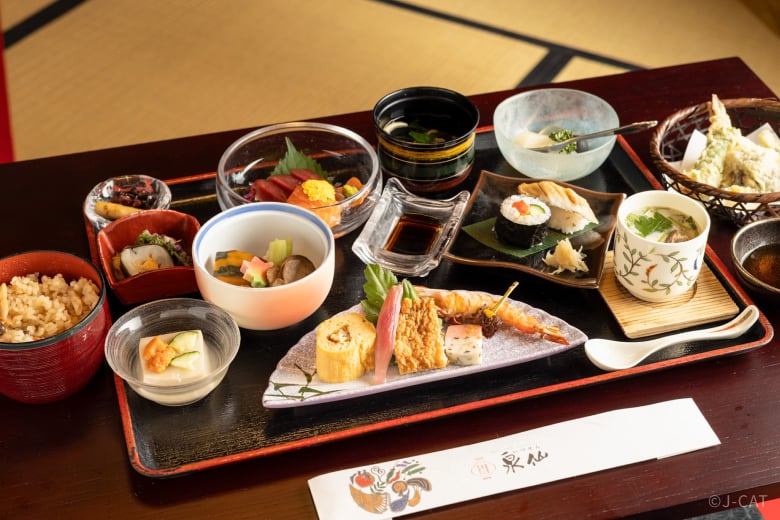
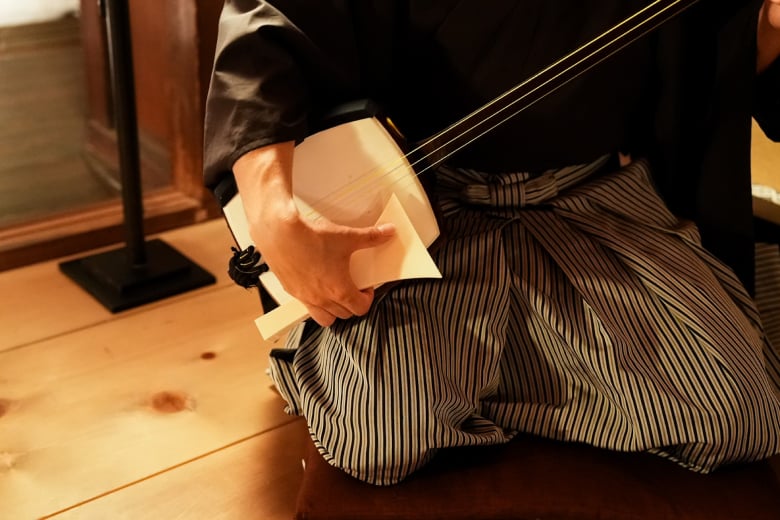
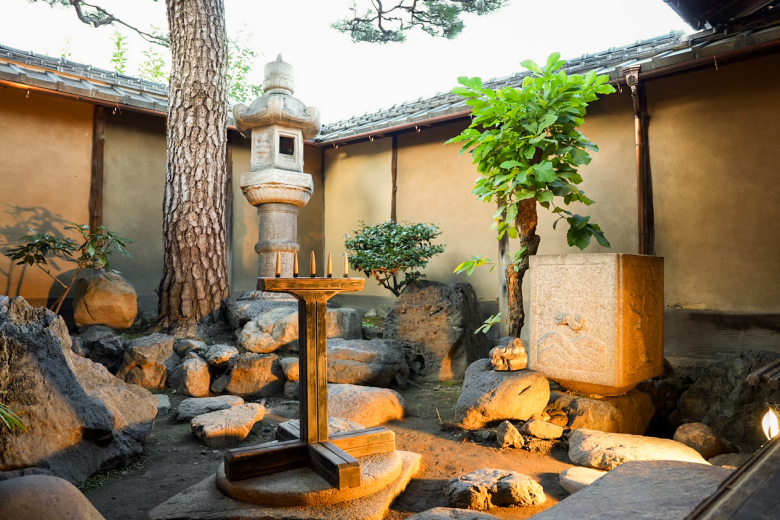
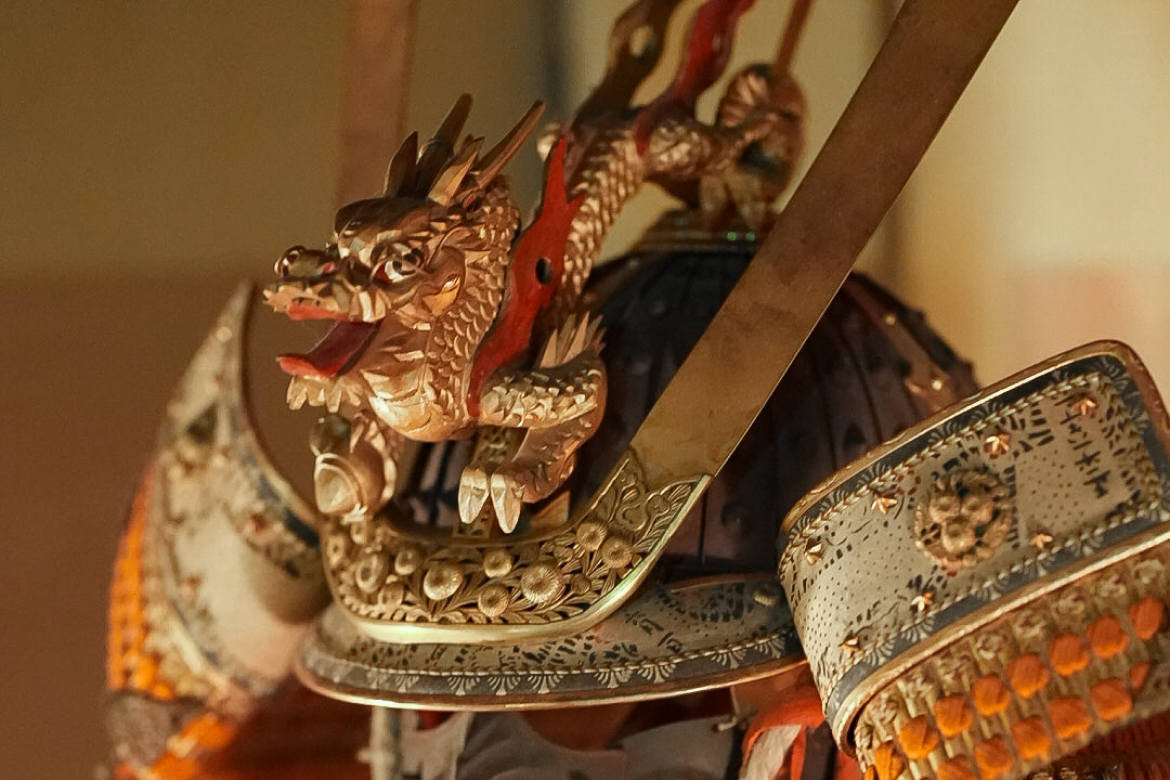
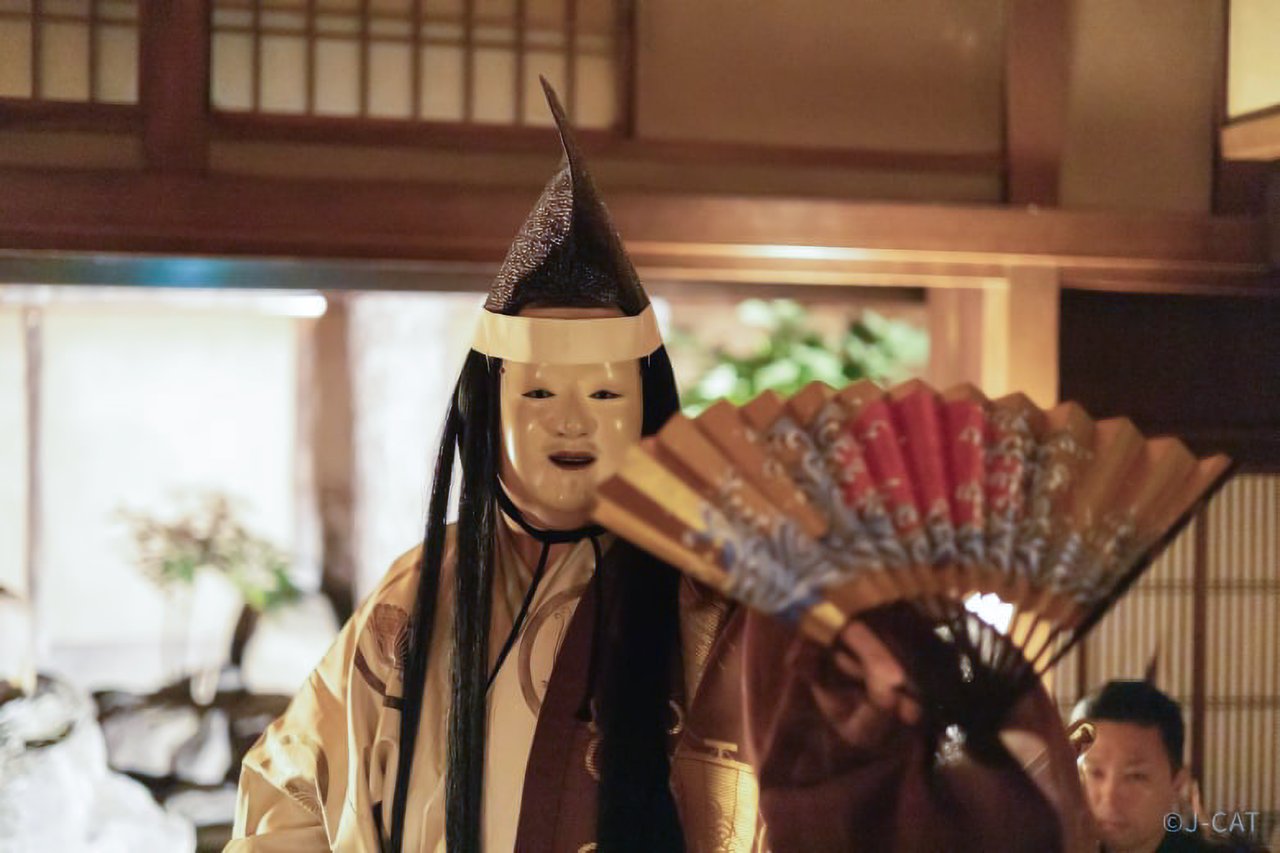
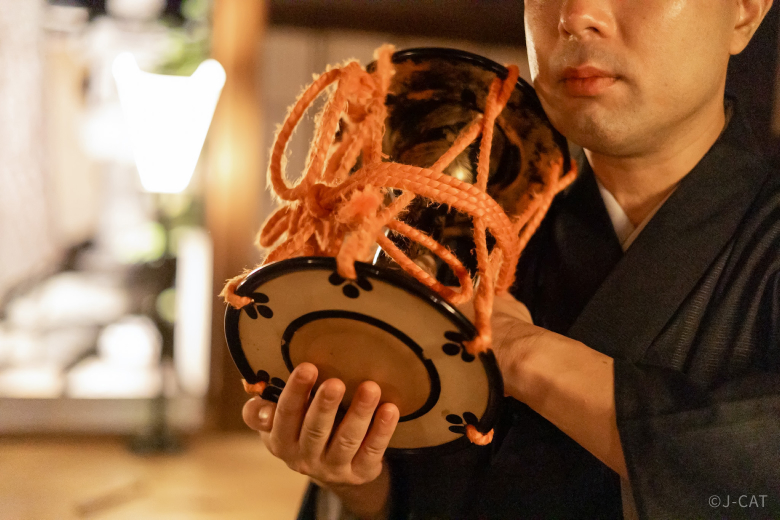
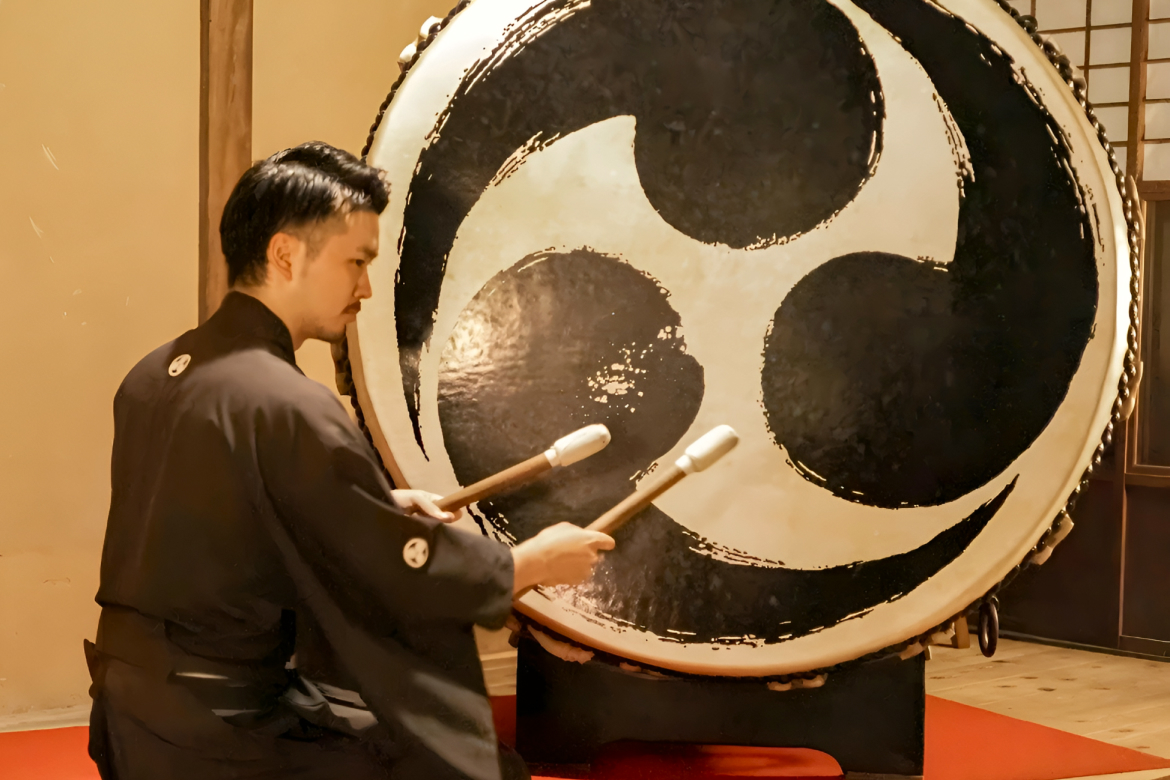
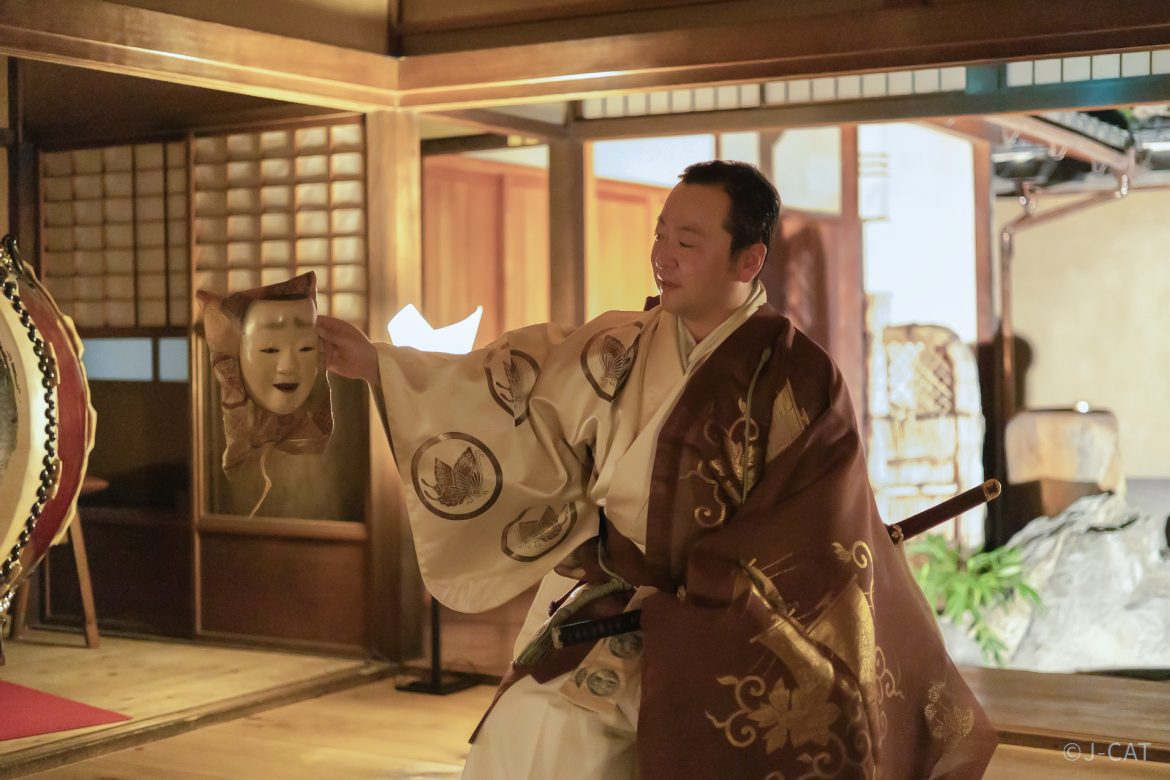
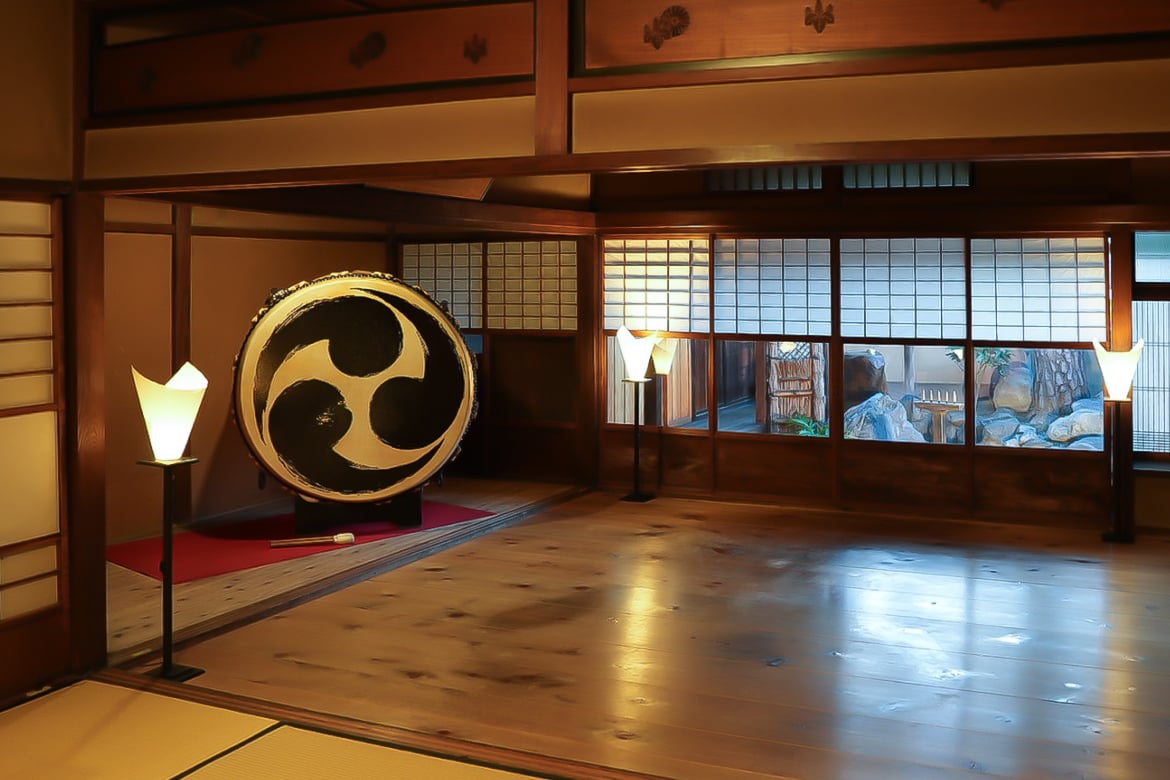
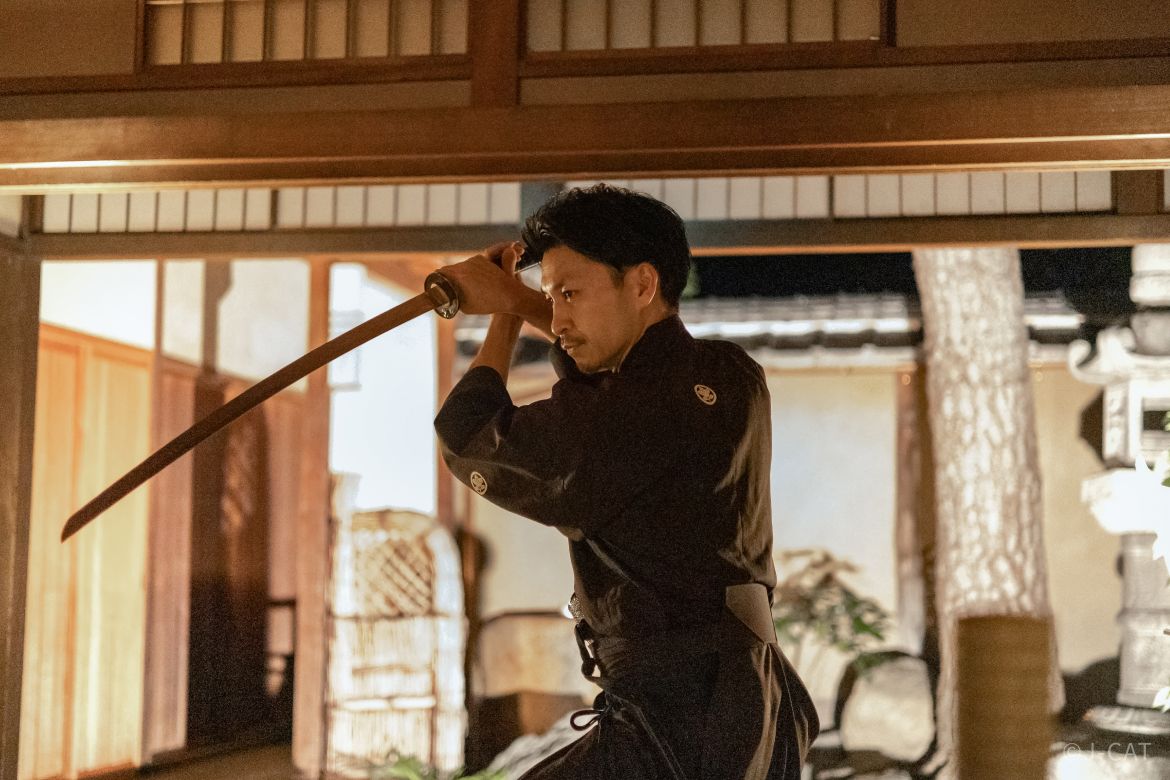
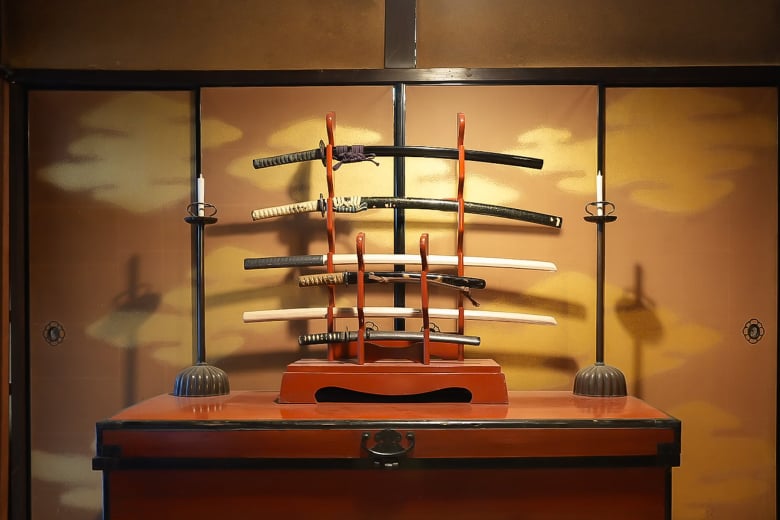
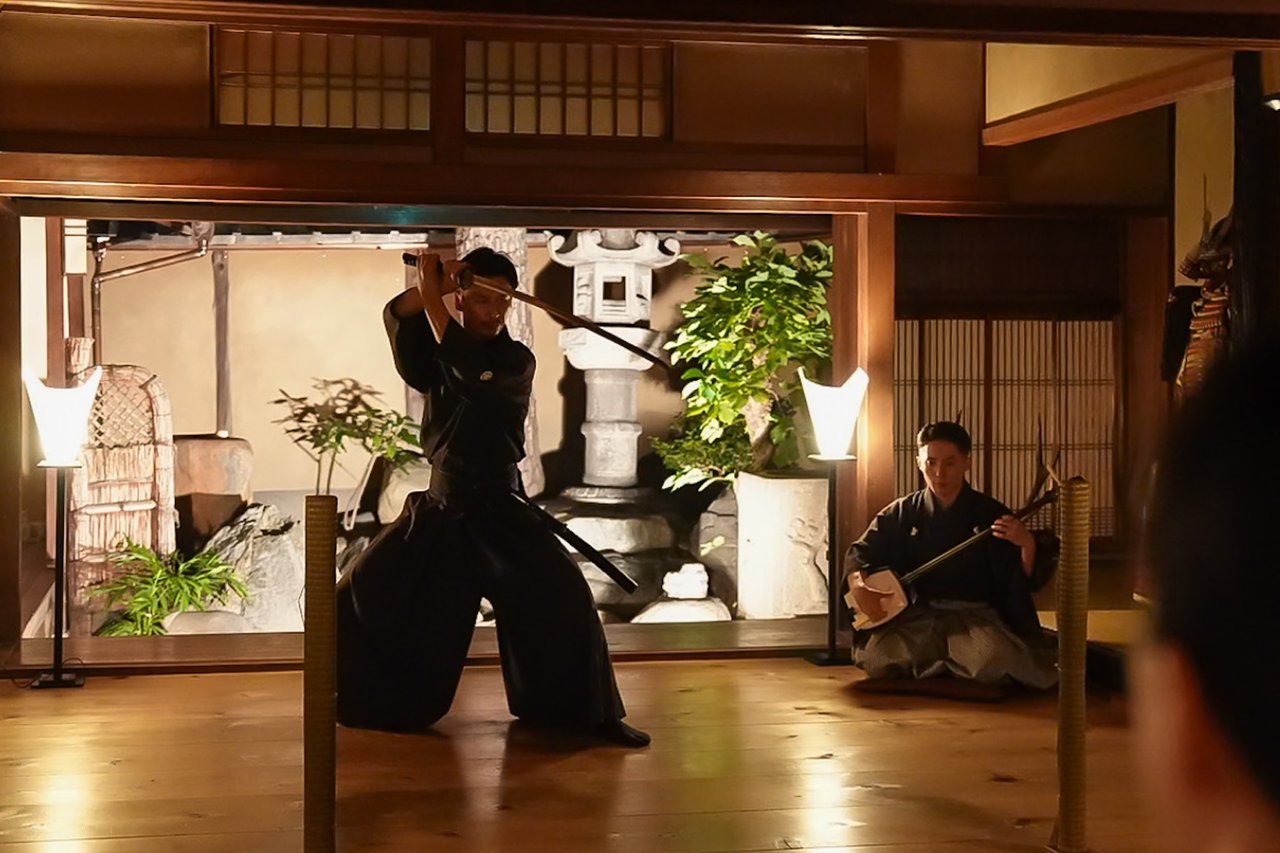
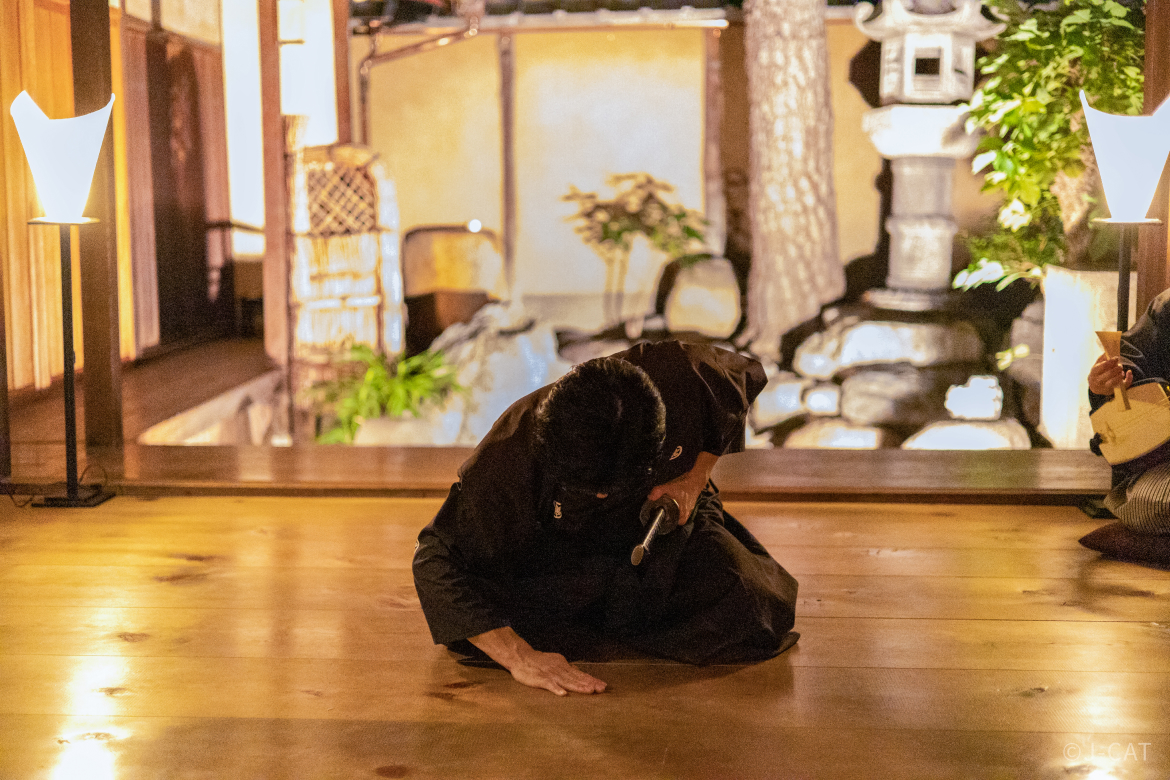
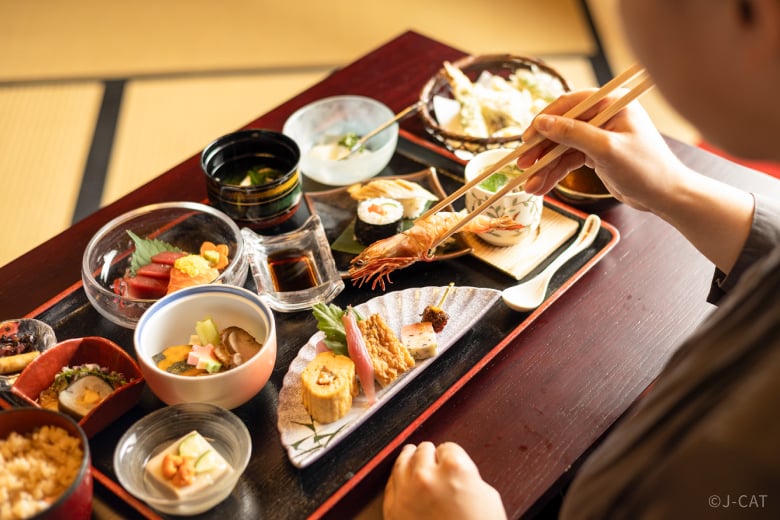
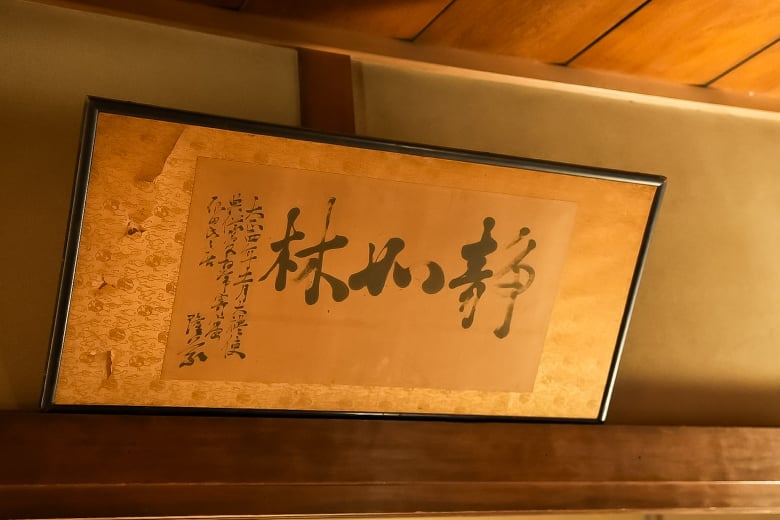
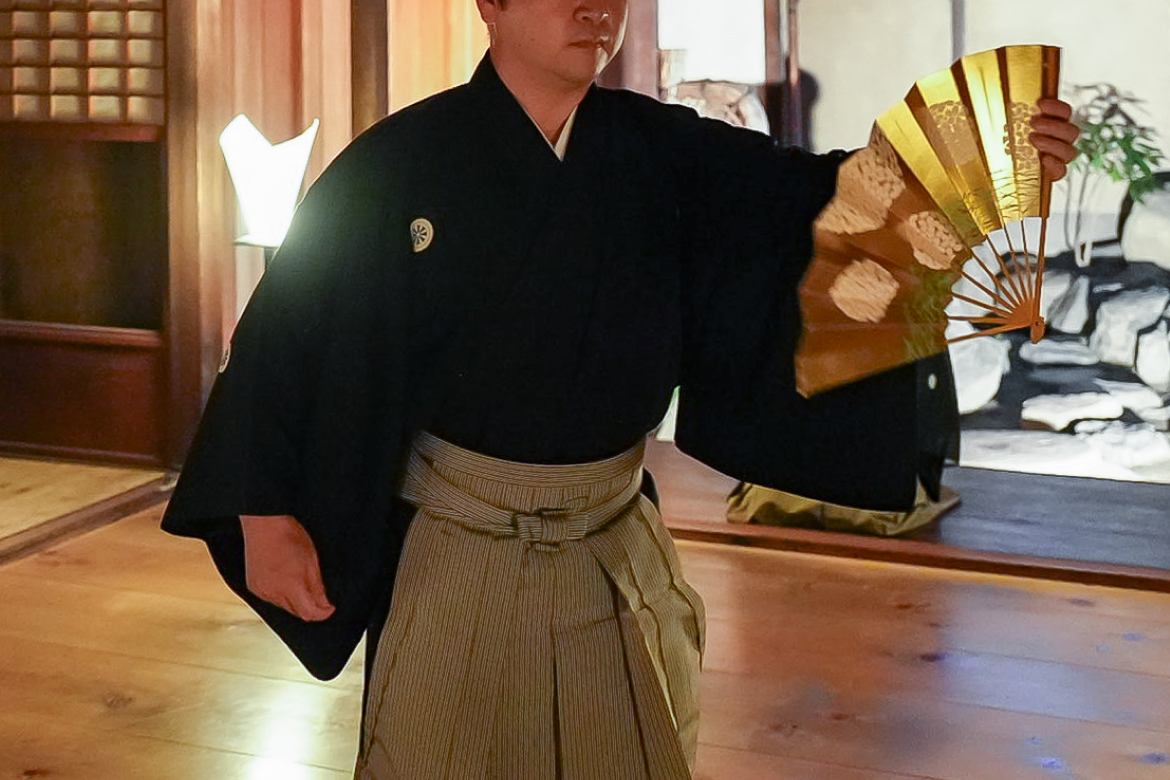
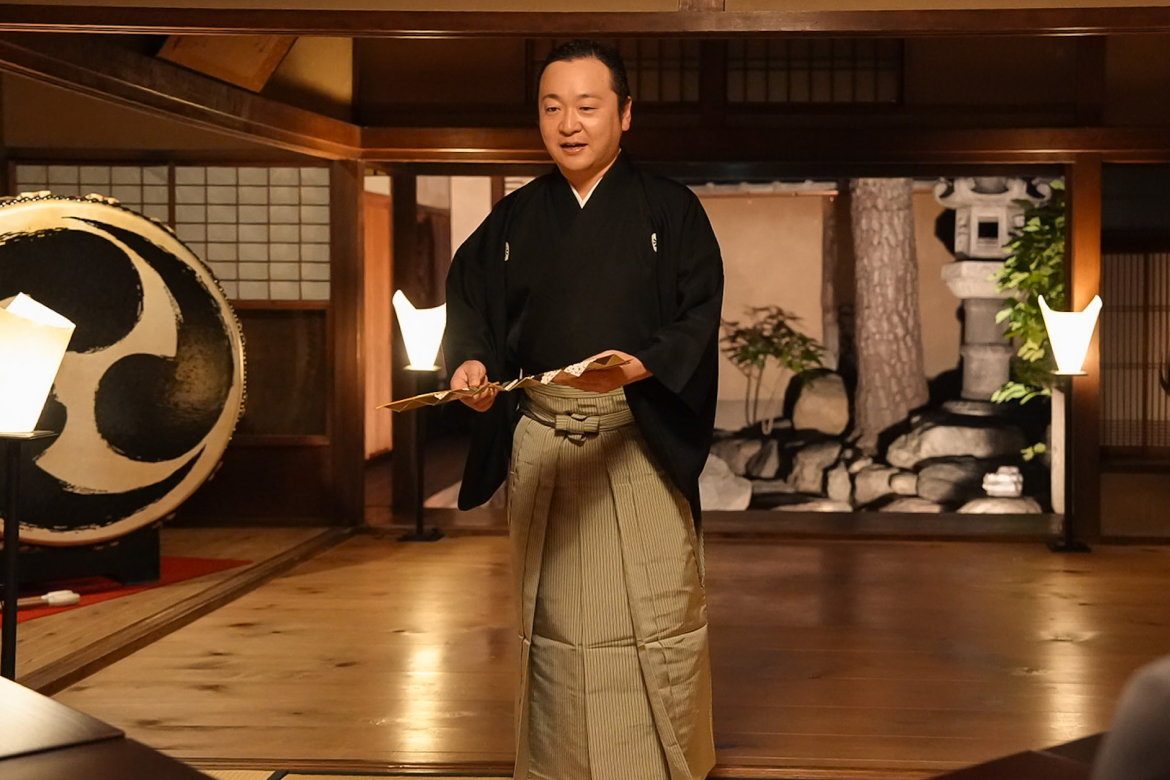
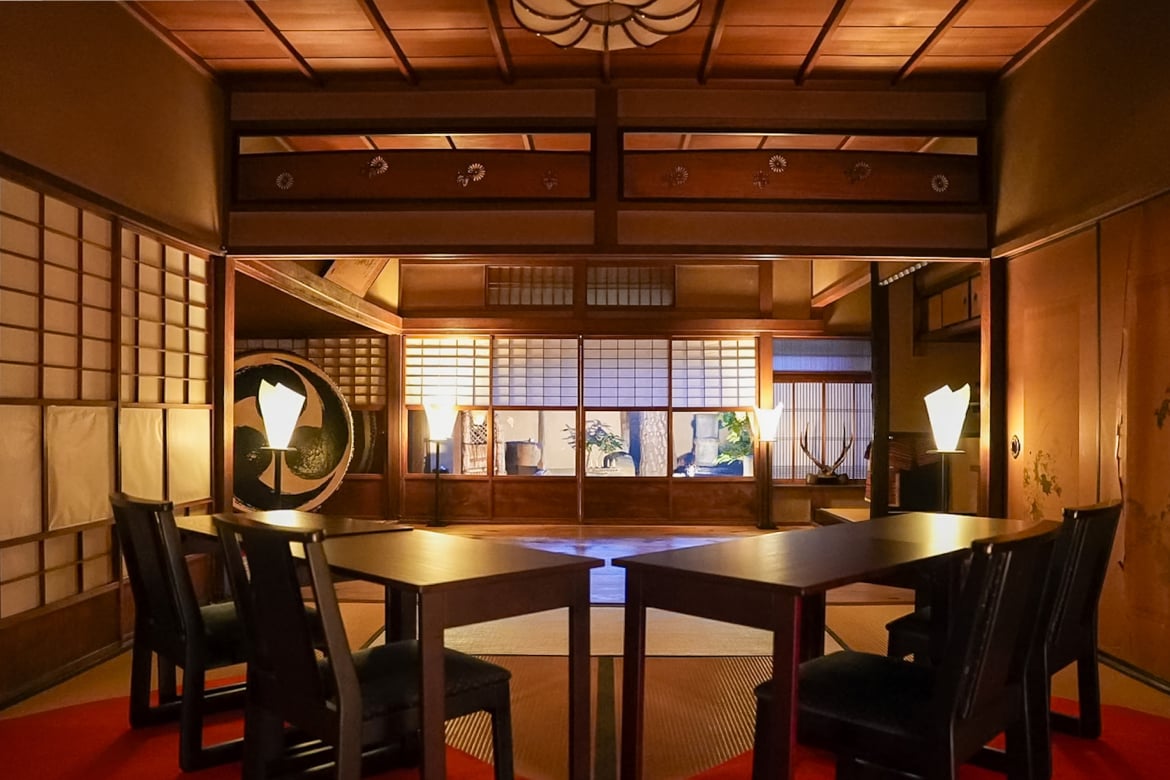
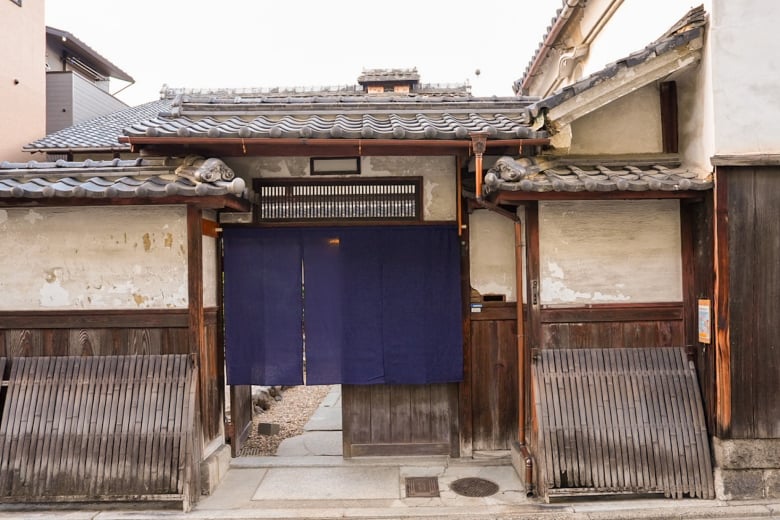





















Overview
Step into a 260-year-old samurai residence that sets the stage for a special cultural experience: noh, traditional music, and iaido performed by highly skilled practitioners who embody the spirit of the samurai. While watching, enjoy a delicious Kyoto kaiseki meal featuring the best of the season’s ingredients at your leisure. Finally, gain deeper insights into noh - an art particularly beloved by the samurai - by asking the actor questions and taking photos with the support of the residence’s English-speaking staff, a rare opportunity offered exclusively to Wabunka guests.
Key Features
・Watch authentic noh, traditional music, and iaido performances at a 260-year-old samurai residence
・Interact with the evening’s noh performer by asking questions and taking photos (exclusive to Wabunka guests)
・Indulge in a Kyoto kaiseki meal using top quality seasonal ingredients while watching the performances
Kyoto
120mins
from ¥324,000 /group
1 - 12 participants
Available in English
Cancel free up to 15 days prior
Details
Step Back in Time at a 260-Year-Old Samurai Residence
In a quiet area not far from central Kyoto lies an impressive sight: a 260-year-old samurai residence. While the time of samurai has come and gone, this property was once home to warriors who served nearby Nijo Castle and still carries an unmistakable air of strength and sophistication. Now, it serves as the setting for a cultural experience like no other, available only through Wabunka.
.jpg)
The outside world feels far away in this striking samurai house
This residence is maintained by Waraku, a company founded and led by experienced martial artist and performer Masato Tabata. At a young age, he began to practice martial arts like karate and iaido, later training in traditional arts like taiko drums, noh theater, and more. As Waraku’s president, he hopes to provide a place for fellow performers to demonstrate their skills, also giving people from all around the world a chance to experience true Japanese culture.
.jpg)
As an experienced martial artist and performer himself, Tabata is committed to displaying and uplifting traditional culture
Tabata’s commitment to authenticity is apparent as you make your way to the guest space - a Japanese-style room exquisitely lit with traditional lanterns - and stage with a real garden as the backdrop. The residence’s architecture, decorations, and artifacts have largely been left in their original forms, with almost no renovations carried out and minimal modern items present, inviting you back to the past.
.jpg)
Get a close look at the residence’s many samurai-related artifacts
Kyoto Kaiseki Cuisine: A Feast for the Eyes and Stomach
Begin the night with a traditional Kyoto kaiseki meal filled with lovingly crafted treats. Each is a work of art in itself, from the arrangement of the carefully selected seasonal ingredients to the craftsmanship of the ceramic and urushi lacquer dishes. Savor the meal at your leisure while watching the evening’s performances, a rare luxury.
.jpg)
Fresh ingredients showcasing the best of the current season abound in this kaiseki meal (picture is for reference only; actual meal will vary depending on the season)
Watch Noh, a Centuries-Old Art Beloved by the Samurai
With the scene set, it’s time to immerse yourself in traditional Japanese culture even further through nohgaku. Passed from generation to generation for over 600 years, this theatre style is composed of noh (stories told through song, dance, and distinctive masks) and kyogen (a spoken comedy focusing on daily life). The former was particularly beloved by samurai and was even performed by feudal lords like Toyotomi Hideyoshi, known as the second Great Unifier of Japan.
.jpg)
Let the subtleties of a noh dance inspire your imagination
Witness a professional shite (main) actor perform a shimai: a dance excerpt from a full noh play. As chanting fills the room, appreciate the intricacies of the actor’s movements, from the way he spreads the fan to the sound of precise steps across the stage. You may even find yourself slipping into the skin of the noh-loving samurai who sat in this very room.
Although viewing noh can be a challenge even for Japanese people, rest assured that you’ll be well equipped before watching, thanks to the residence’s English-speaking staff giving you insights into its history, as well as key points for the play containing that day’s shimai.
A Harmony of Traditional Music and Martial Arts
The evening will continue with a performance weaving together the sounds of an enormous taiko drum and a shamisen (a three-stringed instrument) or shakuhachi flute. Each song is sure to complement the traditional atmosphere while showing off the techniques honed by the skilled performers.
.jpg)
The impact of the mighty taiko drum is an unforgettable experience
Then, watch a practitioner join the stage to demonstrate iaido, a martial art centered around instantly drawing one’s sword to respond to an opponent, testing both body and mind. With the taiko’s beats vibrating through your body, you might find yourself inadvertently holding your breath when the sharp blade cuts through the air - and then through the targets with the act of tameshigiri, or testing one’s sword.
%E3%81%AE%E3%82%B3%E3%83%92%E3%82%9A%E3%83%BC.jpg)
Iaido practitioners challenge themselves not only physically, but also spiritually
Delve Further into Noh by Watching by a Fully Costumed Performance and Asking Questions
Finally, dive back into the world of noh through another excerpt, this time performed with an authentic costume and mask normally donned only inside noh theaters. As a special privilege exclusively for Wabunka guests, you can also ask the performer questions and actually try holding his mask. Such masks are regarded not as simple props, but instead vital tools that convey emotions through the actor’s masterful movements.
new.png)
Although the actor’s facial expressions are obscured, his movements and mask speak volumes
Take advantage of this time to ask any questions you have about the art or the actor himself, observe the details of the superbly crafted costume and mask, and take pictures together.
.png)
A valuable opportunity to learn directly from a master of the art
Appreciate the Finest of Japan’s Performing, Martial, and Culinary Arts in a Single Night
Escape the busy modern world by experiencing noh, traditional music, and martial arts with a luxurious Kyoto kaiseki meal in the comfort of an authentic samurai residence. The dignified yet dynamic performances of each highly skilled practitioner are sure to open your eyes to the spirit of samurai, leaving you with a true appreciation of traditional Japan.
.jpg)
Samurai spirit permeates every inch of this residence and its experiences
Waraku / Exclusive Kyoto
.jpg)
Waraku / Exclusive Kyoto
Waraku
Founded and led by longtime martial artist and performer Masato Tabata, Waraku provides authentic cultural experiences that immerse guests in the way of the samurai at a genuine 260-year-old samurai residence.
Exclusive Kyoto
To both preserve the historic traditions of Kyoto’s nightlife entertainment districts and provide guests with a deeper experience of local culture, Exclusive Kyoto offers a variety of traditional cultural experiences. These experiences allow guests to interact with geiko and maiko at teahouses, view theater and martial arts performances by skilled practitioners, and more.
Location
Waraku
Nakagyo Ward, Kyoto
Request for booking
Select first preferred date (JST)
December 2025
Sun
Mon
Tue
Wed
Thu
Fri
Sat

Instant Booking

Request Booking

17
Full

17
Unavailable
Kyoto
120mins
from ¥324,000 /group
1 - 12 participants
Available in English
Cancel free up to 15 days prior
Things to know
Contact Us
If you have any questions, please contact us using the form below.
We also accept bookings from corporate clients and travel agencies.